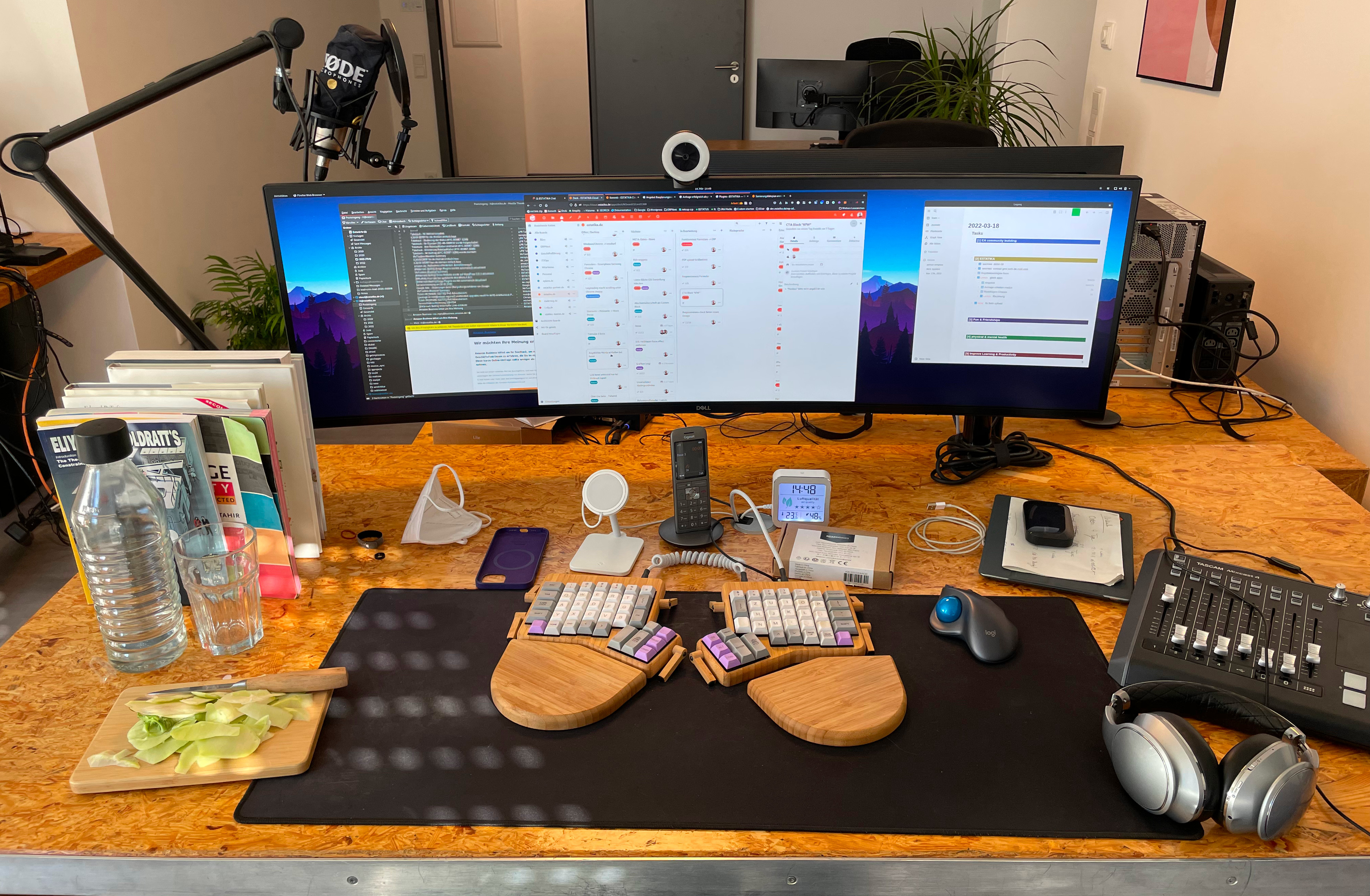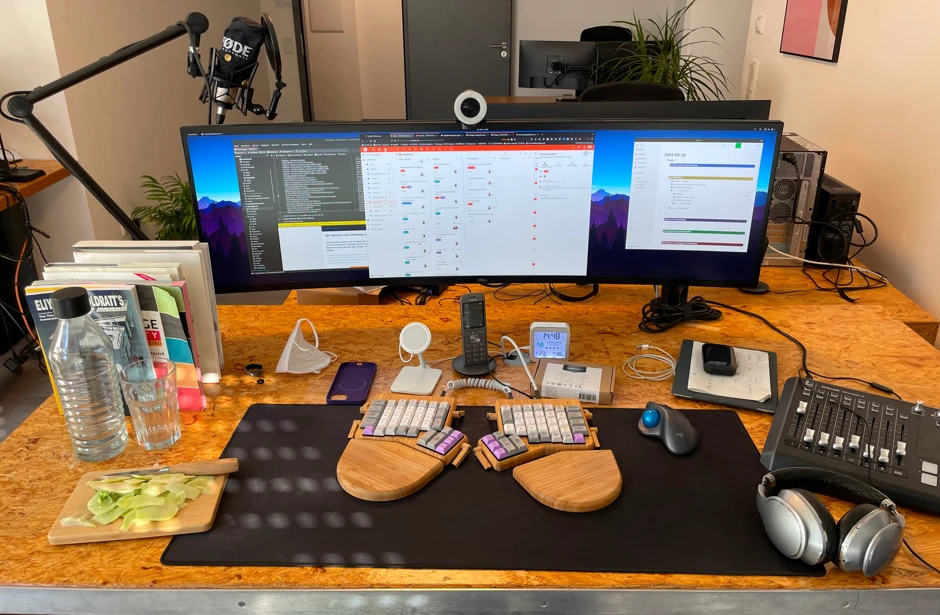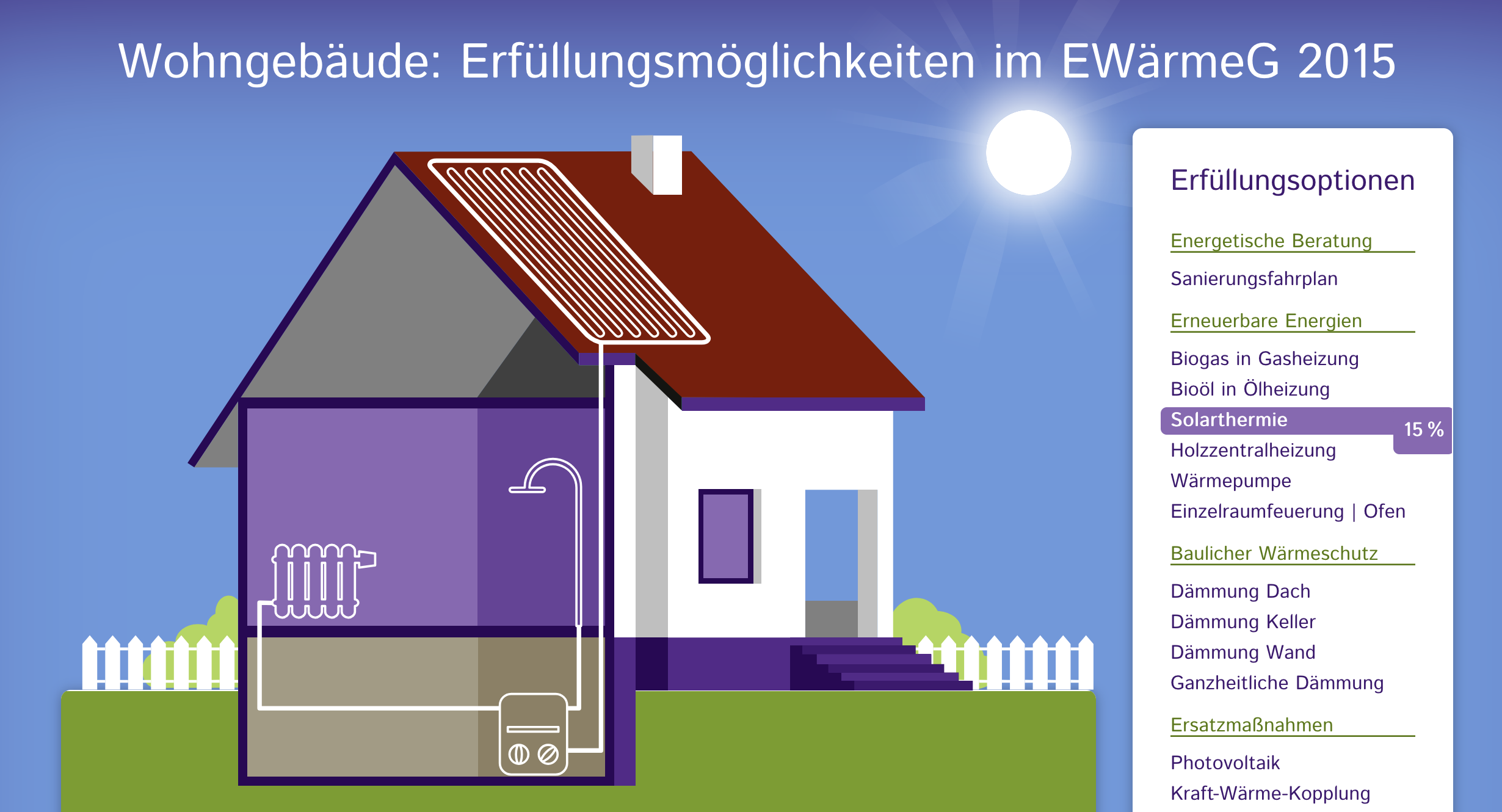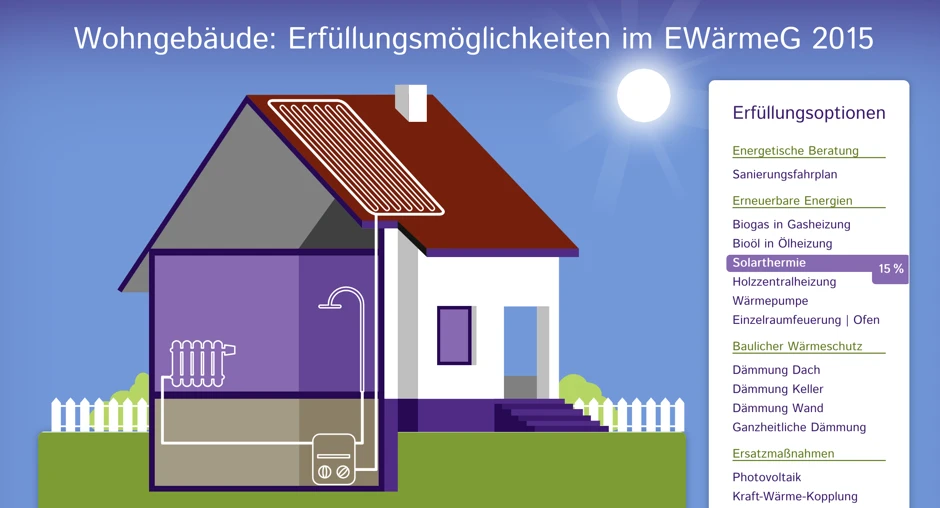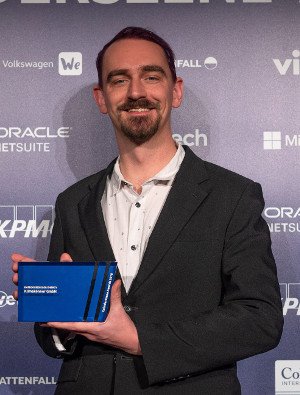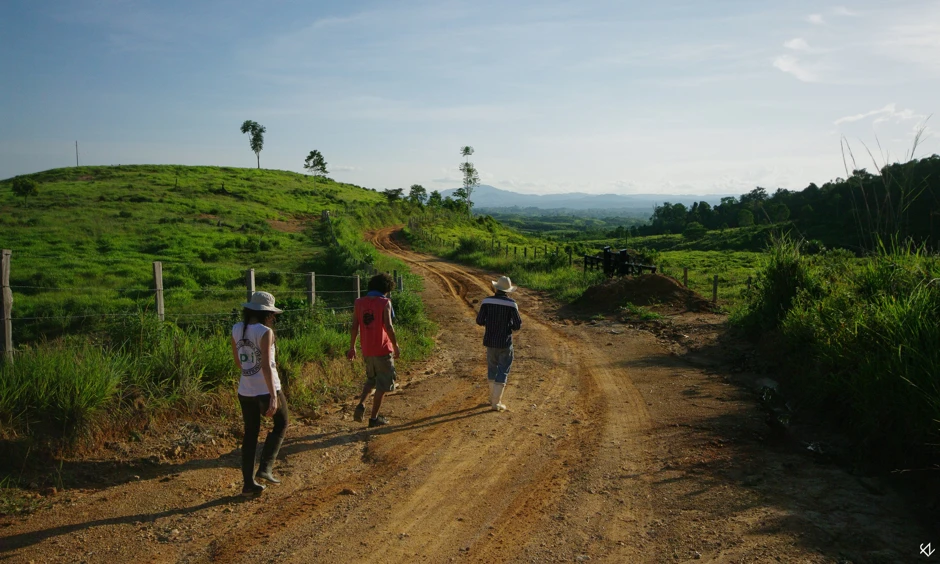
CruxHub: Fostering Productive Disagreement
CruxHub, deployed at fenc.es, is a side project I developed to facilitate productive disagreements and collaborative exploration of complex issues.

Goals
- A place where you can be wrong on the internet and then change your mind
- Facilitate structured debates instead of listing all kinds of arguments that convinced none of the participants anyway
- Quantify and visualize beliefs as trees of statements to identify cruxes
- Promote self-reflection and collaborative learning
- Enhance evidence-based decision making
CruxHub aims to improve the quality of public discourse by helping users refine their thinking, understand different viewpoints, and engage in more productive discussions.
Key features
- Interactive argument trees
- Confidence and impact metrics
- Multi-user comparison views
- LLM-assisted analysis and expansion
The platform uses LLMs to assist with backend processes and data analysis, such as automatically extracting arguments from shared articles. However, the core of CruxHub relies on human intelligence and interaction, facilitating human-to-human discussions and debates.



